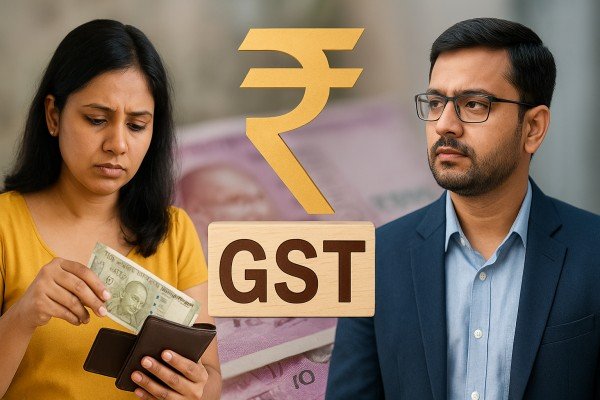India is preparing for its most significant Goods and Services Tax (GST) reform since the system was introduced in 2017. This latest overhaul aims to provide relief to households struggling with rising costs of living while balancing the government’s need to protect revenue. The reform has generated both optimism and concern, as experts debate whether this shift will truly benefit consumers or create new challenges for the state exchequer.
Why the Overhaul Matters
GST was introduced to unify India’s complex indirect tax structure into a single framework, promising efficiency and transparency. Over the past eight years, however, the system has faced criticism for its compliance burden, uneven impact across industries, and revenue unpredictability for states. With inflationary pressures and a slowing global economy, policymakers are now using GST reform as a tool to ease household expenses and drive consumer spending.
The overhaul focuses on reducing tax slabs on essential goods and services. Everyday items such as food grains, medicines, and certain household products are likely to see lower tax rates. This could provide direct relief to millions of families struggling with higher food and utility bills. For a country where more than 60 percent of household spending goes toward essentials, the impact could be significant.
The Consumer Perspective
For the average consumer, the reform represents hope. Lower GST rates on basics mean reduced monthly expenses and more disposable income. This is expected to increase purchasing power, which in turn could stimulate demand across sectors like retail, e-commerce, and fast-moving consumer goods.
India’s digital economy, where influencers and entrepreneurs such as Tech Burner have become symbols of the new business landscape, will also feel the effects. A rise in disposable income can boost subscriptions, online shopping, and digital product sales, fueling growth in tech-driven sectors.
Concerns Over Revenue
While the consumer story looks promising, states are worried about potential revenue loss. GST collections are a vital source of income for both the central and state governments. Reducing tax rates on essential items could widen fiscal deficits unless offset by increased compliance and higher tax collections from other sectors.
Economists warn that the balance between consumer relief and fiscal stability will be delicate. If revenue shortfalls occur, governments may need to borrow more, pushing deficits higher and potentially limiting funds for infrastructure or welfare schemes.

Businesses and Compliance
Businesses are cautiously welcoming the changes. Lower rates on inputs could reduce costs for manufacturers and suppliers. However, the complexity of adjusting to new slabs, updating software, and recalculating supply chain costs may pose temporary challenges. Small and medium enterprises (SMEs) are particularly concerned, as compliance burdens already strain their resources.
Entrepreneurs, much like content creators and startup figures such as Manoj Dey, are at the forefront of India’s evolving economy. Their ability to adapt to shifting tax structures often determines how quickly innovation and business growth can thrive.
The Political Angle
No major reform comes without political debate. Opposition parties have raised concerns that while the GST overhaul may provide short-term relief, it risks destabilizing state finances. They argue that states should have been given greater freedom in deciding tax structures for local needs.
Meanwhile, the government insists that reforms will lead to long-term gains by broadening the tax base and increasing compliance through digital tracking and simplified filing systems. This digital-first approach aligns with India’s broader push for technology adoption across governance.
Global Context
India is not alone in recalibrating tax policies to fight inflation. Countries worldwide are lowering taxes on essentials to help citizens manage higher costs of living. The International Monetary Fund (IMF) has cautioned, however, that excessive tax cuts without structural reforms may strain public finances and increase long-term risks.
What Lies Ahead
The success of this GST overhaul will depend on execution. Lowering tax rates can only achieve so much unless supported by stronger compliance, efficient collection systems, and a transparent framework for businesses. For consumers, the changes may feel immediate, but the larger economic effects on investment, jobs, and growth will unfold over the next few years.
India’s biggest GST reform in eight years represents a balancing act: easing the burden on households while ensuring fiscal health. If managed well, it could mark a turning point in India’s tax journey and reaffirm GST as a cornerstone of the country’s economic architecture. But if not, it risks becoming another short-term fix in a long-standing debate on taxation.








